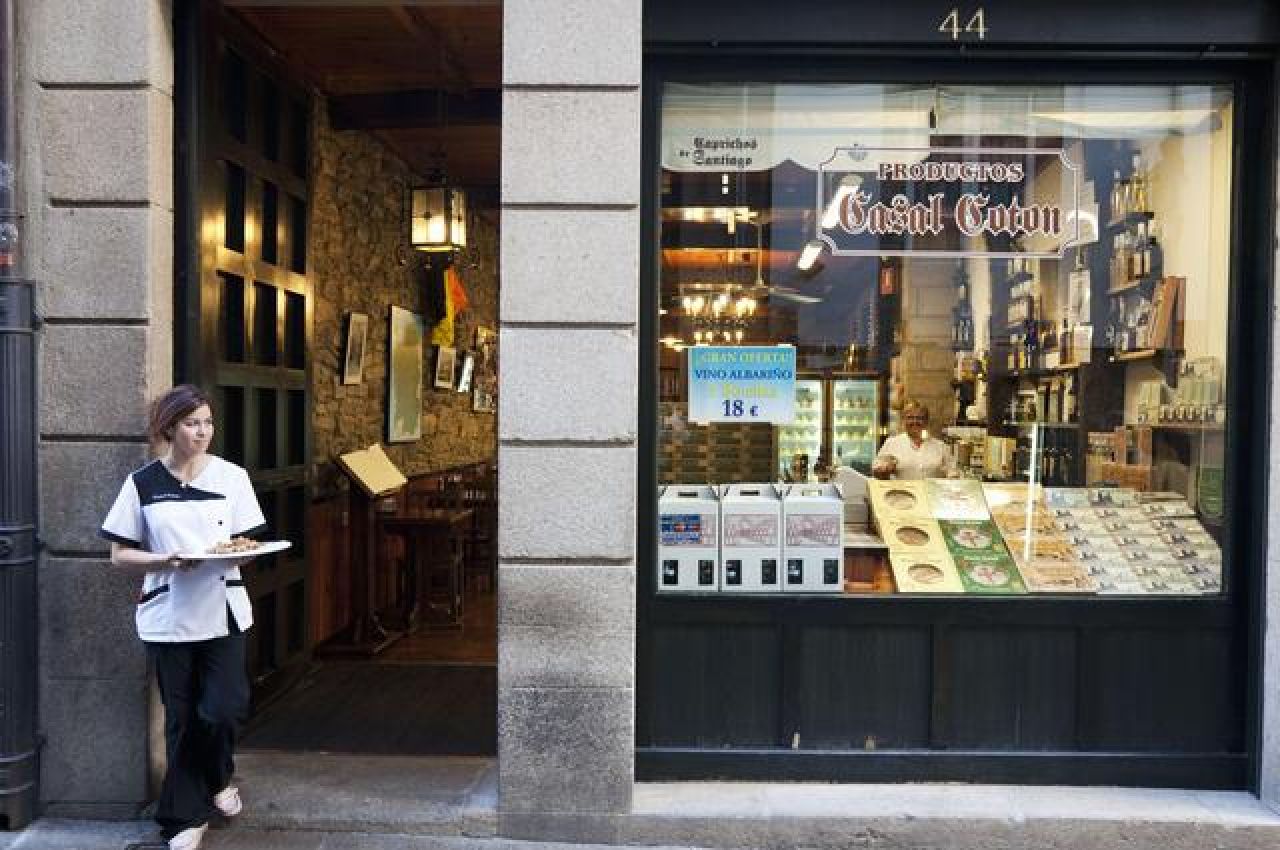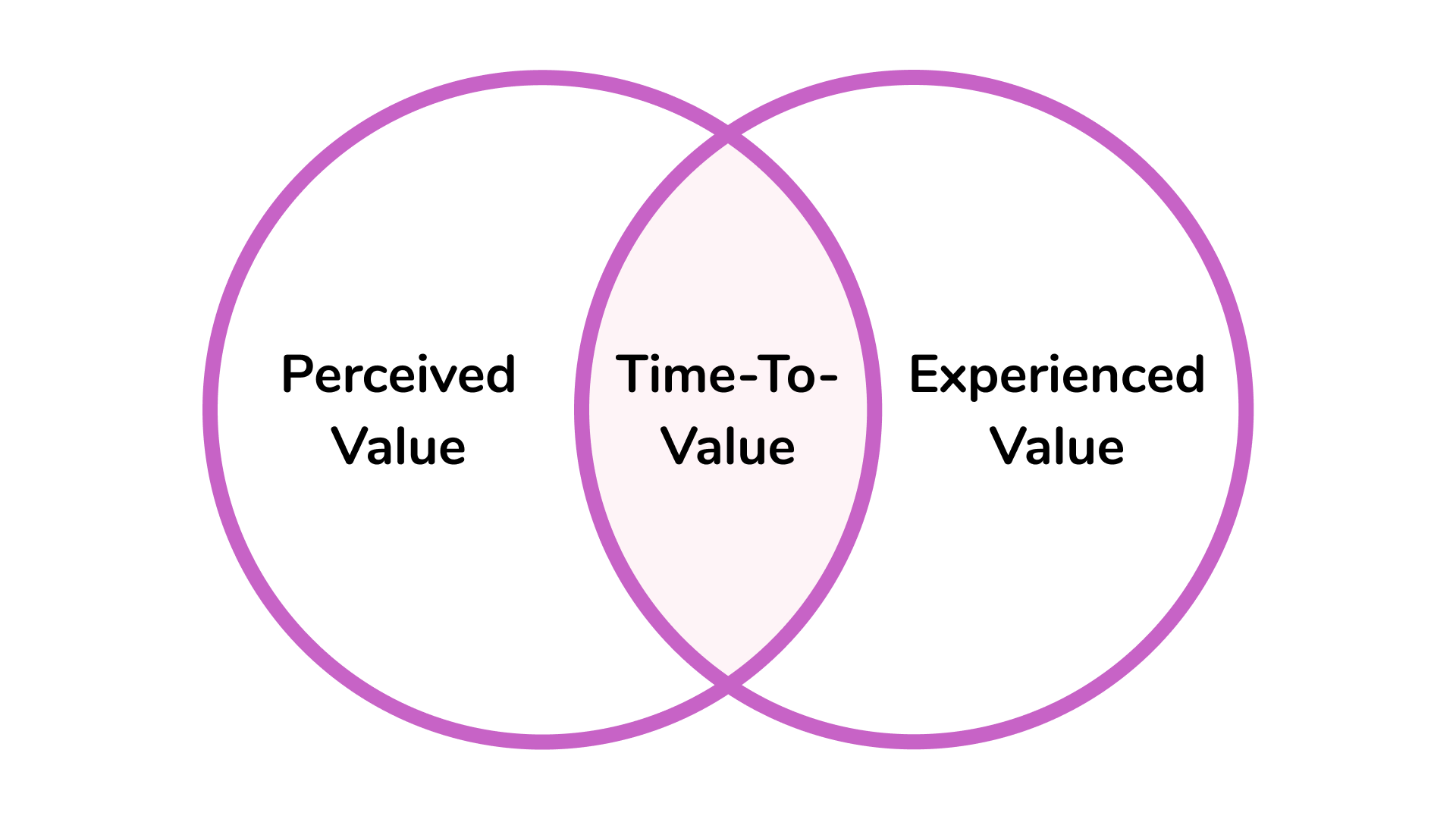Crafting seamless Onboarding Experiences to Attract users

In the fast-paced world of business and technology, creating a product-led business has become a fundamental goal for companies looking to make users happy and drive growth. The essence of a product-led business lies in crafting a product experience that serves as the initial touchpoint, leaving a lasting impression. Think about popular platforms like Canva, Spotify, and Slack – they all prioritize the user's first interaction with the product as the starting point for a successful customer journey.
In this article, we explore the concept of onboarding and its key role in building a product-led business. We'll explore the challenges and strategies involved in guiding users along a smooth onboarding journey that ensures they experience the true value of your product, setting the stage for long-lasting customer relationships.
The Power of Onboarding
Picture a potential customer evaluating your product. Their primary concern is making the right decision that will drive their business forward. This decision relies on their confidence that your product can deliver the promised benefits. A try-before-you-buy experience becomes essential. Here is where onboarding comes into play.

Onboarding serves as the gateway for users to enter your product's ecosystem and experience its value on their own. A good onboarding experience allows users to navigate the product easily, perform essential tasks, and learn its main functionalities. When done right, onboarding can significantly impact user satisfaction and increase the chance of converting free users into happy paying customers.
Product-Led Growth: More Than a Buzzword
Being product-led means focusing on providing true value through your product. In contrast to more marketing- or sales-led models, product-led companies focus on acquiring and retaining customers through their product experience and unique value proposition.
Let´s think about non-software examples, artisanal food makers offer samples at markets, in-store, or in the street, letting customers experience their unique flavors. This approach drives purchases based on taste and quality or apparel stores enhance growth by providing well-lit, comfy fitting rooms. Shoppers can try on clothes, judge fit and style, leading to more confident buying choices. These actions are rooted in the concept of "try before you buy."

The key takeaway is that product-led growth transcends industries; it's about allowing users to experience the value proposition on their own.
The Essence of Time to Value
Despite the temptation of product-led growth, many companies struggle to deliver on their promise of value. This challenge often boils down to a critical factor: Time-to-value. Time to value refers to the speed at which users can experience the benefits of your product. The longer it takes for users to understand your product's value, the more likely they are to lose interest and disengage.

To avoid the problem, we need to use a strategic approach. Here is where the Bowling Alley Framework comes into play – a practical method to streamline onboarding and accelerate time to value.

This framework contains three key steps:
Develop your straight line
The concept of the straight line is about creating a streamlined and focused onboarding experience for users of your product. Just like in bowling, where the goal is to roll the ball in a straight line to knock down as many pins as possible, the straight line onboarding experience aims to guide users through the essential and most critical steps that allow them to quickly understand and experience the value of your product.
Let´s consider the following steps:
- Eliminate Unnecessary Steps: Examine your onboarding process and identify steps you can eliminate without compromising the user experience. Trim down the information you collect from users during sign-up and focus on the essentials.
- Delay Non-Essential Steps: Not every piece of information needs to be shared upfront. Implement contextual onboarding, guiding users through additional features as they become relevant to their interactions within the product.
- Highlight Mission-Critical Steps: Identify the crucial steps users must complete to experience the full value of your product. These steps lead users to their "aha" moment – the instant when they realize the potential of your product.
The Role of Product Bumpers
Product bumpers are the mechanisms that guide users through the onboarding journey, ensuring they stay on track and reach their desired outcomes. These bumpers are like guardrails that prevent users from jumping off a cliff. Four common types of product bumpers include:
- Product Tours: Provide users with guided tours of your key features and functionalities, allowing them to understand its capabilities quickly.
- Checklists: Offer users a list of mission-critical steps they need to complete. It will promote a sense of accomplishment and progress.
- Empty States: When a dashboard or interface is empty, offer CTA to guide them through actions that will add the interface with data, making the experience more engaging.
- Onboarding Tooltips: Use tooltips strategically to educate users about features as they interact with them. This contextual guidance enhances the user experience and reduces frustration.
Conversational Bumpers: Capturing User Signals
Conversational bumpers play a role in re-engaging users and guiding them back to the product experience. These bumpers leverage user signals to tailor messages and interactions based on specific user behaviors. Attending to user signals allows you to address their needs and concerns directly. There are two signals to watch for:
- Sign-Up Signal: When a user signs up, immediately welcome them with an email or message that offers a usage tip related to their initial action. That helps users engage with your product from the beginning.
- Desired Outcome Signal: Track the moment when users experience the desired outcome or "aha" moment in your product. Then, send tailored messages to guide them towards becoming paying customers while the value is still fresh in their minds.
Conclusion
The journey to creating a product-led business relies, in part, on mastering the art of onboarding. By adopting the Bowling Alley Framework and implementing effective product bumpers, you can guide users along a smooth onboarding journey, accelerating their time to value. The goal is to ensure that users quickly experience the benefits of your product, making them more likely to convert into satisfied paying customers. Conversational bumpers, driven by user signals, play a role in maintaining user engagement and addressing their needs throughout the journey where they are. The synergy of these strategies forms the foundation for a successful onboarding experience, facilitating meaningful relationships with customers and driving your business toward sustained success.
Recommended Books for Further Reading:
Product-Led Onboarding: How to Turn New Users Into Lifelong Customers by Ramli John (Author), Wes Bush (Foreword)
Product-Led Growth: How to Build a Product That Sells Itself by Wes Bush
Additional Resources:
For more information and to explore the endless possibilities of Yotako, including our powerful plugins with AI Figma to WordPress and WordPress for Adobe XD, visit us at yotako.io. If you have any questions, or suggestions, or simply want to connect with us, please, join our vibrant Yotako community. We look forward to revolutionizing your web design experience!

